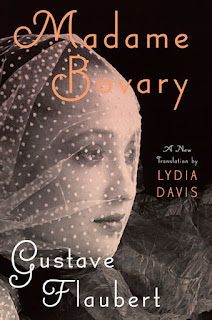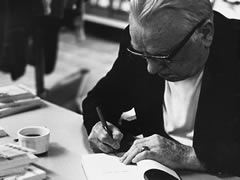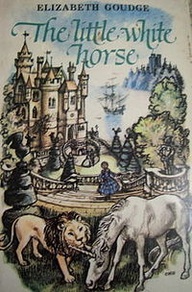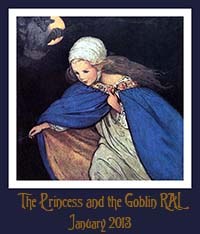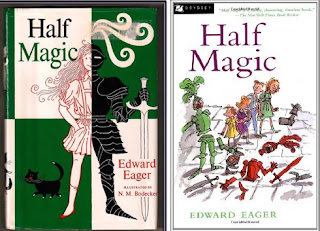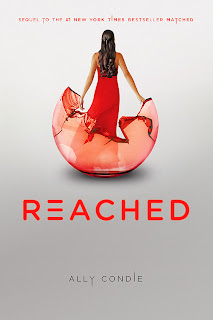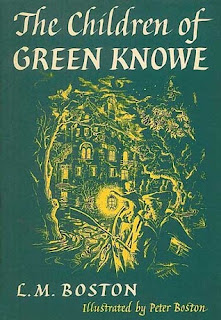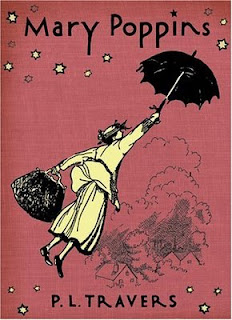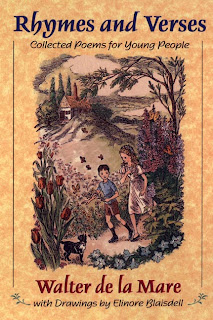Children's Literature: Master List of Links
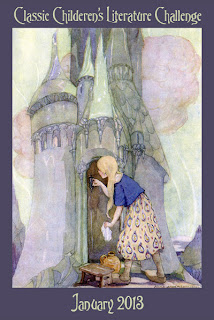
For ease of reference in future, here is a complete list of January's articles about children's literature: John Newbery 19th-century Illustrators Hans Christian Andersen E. Nesbit Sydney Taylor Padraic Colum Walter de la Mare P. L. Travers L. M. Boston Tove Jansson Roger Lancelyn Green Rosemary Sutcliff Edward Eager Elizabeth Goudge Homer Price Eleanor Farjeon Meindert DeJong Wrapup and Post-1960 Bonus Amanda's overviews: first and second Arenel at Slightly Cultural, Most Thoughtful and Inevitably Irrelevant 's list of Russian classics

